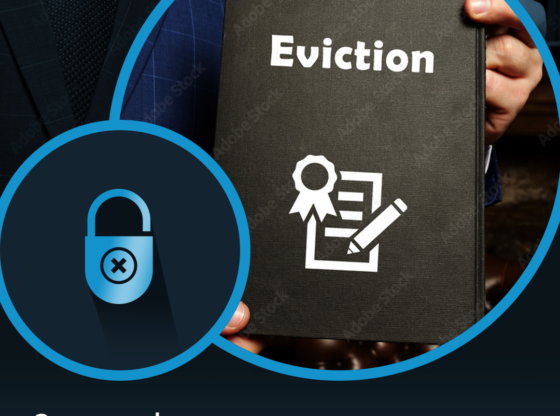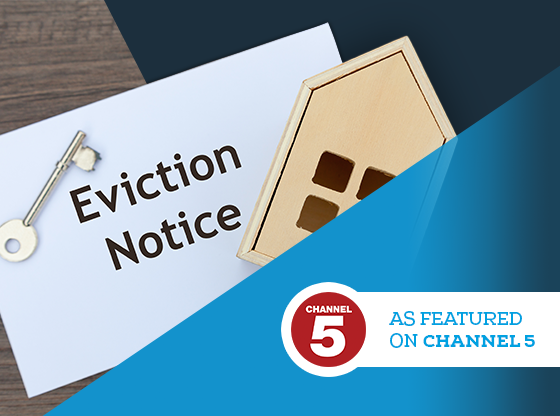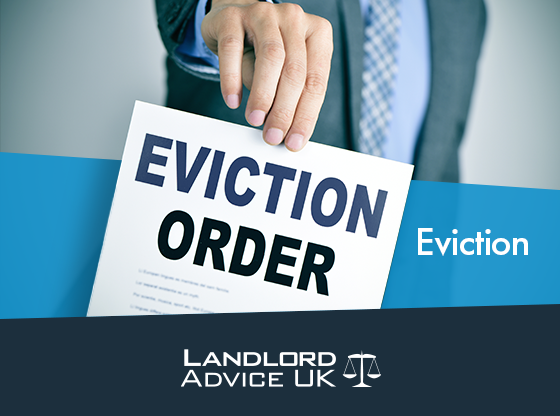The Ministry of Housing, Communities & Local Government has confirmed that the government is working with the Master of the Rolls to widen the existing ‘pre-action protocol’ on possession proceedings for Social Landlords.
The Government plan is to require private landlords to adhere to the same rules as social landlords before issuing possession proceedings.
The Government confirmed that the plans will ensure that private sector landlords reach out to tenants to understand the financial position they are in before taking possession action through the courts.
It is expected that once the current Covid-19 related 3-month delay on issuing eviction proceedings has ended, the protocol will apply to private landlords, the MHCLG has confirmed. The aim of the protocol is to encourage landlords and tenants to work together to agree on an affordable rent repayment plan if their tenants fall into rent arrears.
So what are the steps private landlords must follow before issuing possession proceedings?
The current Pre-Action Protocol for Possession Claims by Social Landlords, which will soon apply to private landlords requires that:
- If the landlord is aware that the tenant has difficulty in reading or understanding information given, the landlord should take reasonable steps to ensure that the tenant understands any information given. The landlord should be able to demonstrate that reasonable steps have been taken to ensure that the information has been appropriately communicated in ways that the tenant can understand.
- If the landlord is aware that the tenant is particularly vulnerable, the landlord should consider at an early stage–
a. whether or not the tenant has the mental capacity to defend possession proceedings and the extent to which CPR 21 applies;
whether or not any issues arise under the Equality Act 2010; and in the case of a local authority landlord, whether or not there is a need for a community care assessment in accordance with the Care Act 2014.
Rent Arrears Protocol
- If the tenant falls into arrears, the landlord should contact the tenant, as soon as reasonably possible, to discuss: the cause of the arrears; the tenant’s financial circumstances; the tenant’s entitlement to benefits; and repayment of the arrears. Where contact is by letter, the landlord should write separately to each named tenant.
- The landlord and tenant should try to agree, affordable sums for the tenant to pay towards the arrears, based upon the tenant’s income and expenditure (where such information has been supplied in response to the landlord’s enquiries). The landlord should clearly set out, in pre-action correspondence, any time limits with which the tenant should comply.
- The landlord should provide, on a quarterly basis, rent statements in a comprehensible format showing rent due and sums received for the past 13 weeks. The landlord should, upon request, provide the tenant with copies of rent statements in a comprehensible format, from the date when arrears first arose, showing all amounts of rent due, the dates and amounts of all payments made (whether through housing benefit, discretionary housing payments or directly by the tenant) and a running total of the arrears.
- If the tenant meets the appropriate criteria, the landlord should apply for arrears to be paid by the Department for Work and Pensions [‘DWP’] by deductions from the tenant’s benefit.
- The landlord should offer to assist the tenant in any claim that the tenant may have for housing benefit, discretionary housing payments or universal credit (housing element).
- Possession proceedings for rent arrears should not be started against a tenant who can demonstrate that –
The local authority or DWP have been provided with all the evidence required to process a housing benefit or universal credit (housing element) claim;
a. there is a reasonable expectation of eligibility for housing benefit or universal credit (housing element); and:
b.they have paid other sums due that is not covered by housing benefit or universal credit (housing element).
- The landlord should make every effort to establish effective ongoing liaison with housing benefit departments and the DWP and, with the tenant’s consent, make direct contact with the relevant housing benefit department or DWP office before taking enforcement action
After Serving an Eviction Notice
- After service of a statutory notice, but before the issue of proceedings, the landlord should make reasonable attempts to contact the tenant to discuss: the amount of the arrears; the cause of the arrears; repayment of the arrears; and the housing benefit or universal credit (housing element) position. The landlord should send the tenant a copy of this protocol.
- If the tenant complies with an agreement to pay the current rent and a reasonable amount towards arrears, the landlord should agree to postpone issuing court proceedings for so long as the tenant keeps to such agreement. If the tenant ceases to comply with such an agreement, the landlord should warn the tenant of the intention to bring proceedings and give the tenant clear time limits within which to comply again and avoid proceedings.
In short private landlords will no longer be able to simply issue a notice seeking possession of the property and issue a possession claim where the tenant fails to comply with the notice. Landlords will be expected to prove they have made all reasonable attempts to discuss the matter with the tenant and resolve the issues before taking legal action against the tenant.
This will inevitably result in further delays in landlords being able to recover possession of their properties through the courts as landlords will have to follow further steps before being issue possession proceedings.
How does Pre-Action protocol work?
Author Sasha Charles
Date: 8th of March 2020










